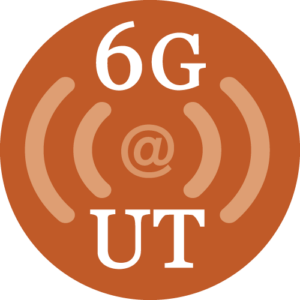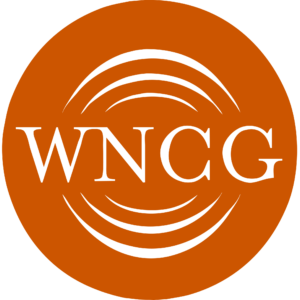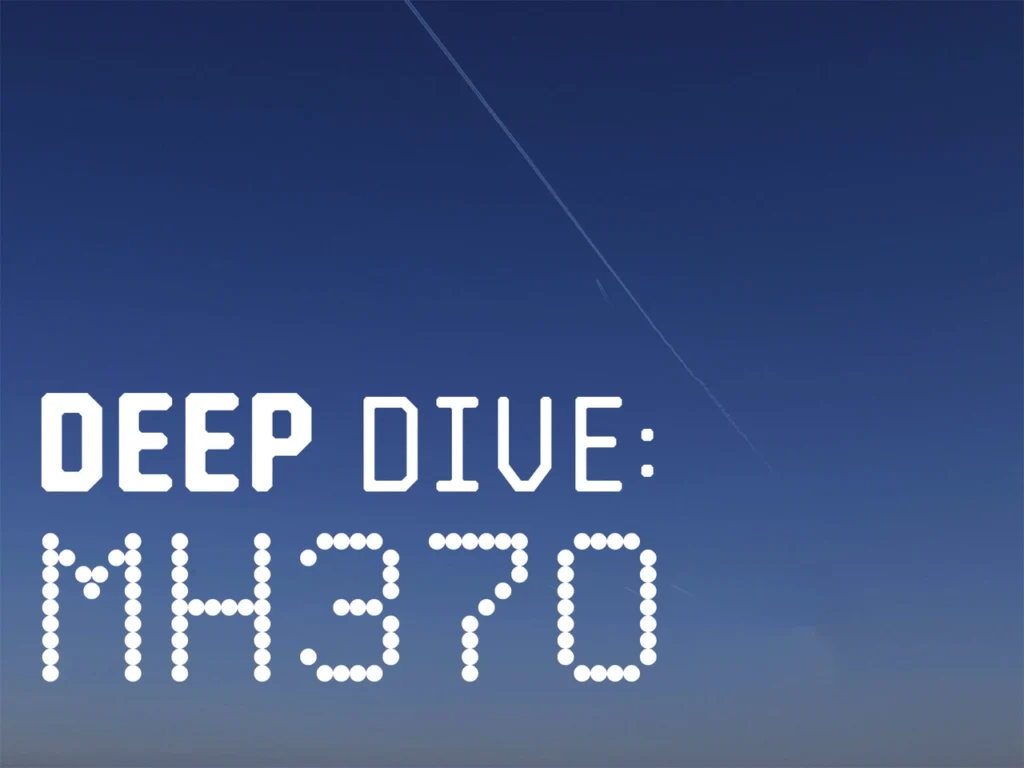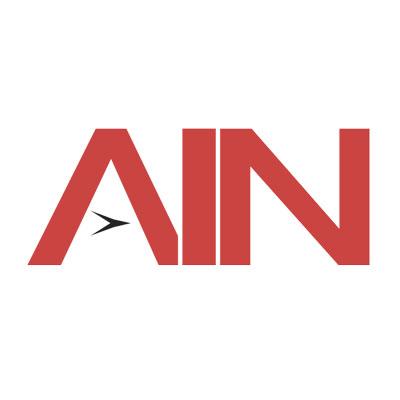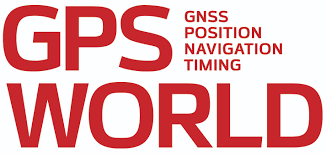March 2024: An Aviation International News (AIN) article summarizes recent events of GPS jamming and spoofing. According to the article, last year fake signals caused issues for aircraft over the Black Sea. OpsGroup first reported these events citing missing or inaccurate information from the aircraft navigation systems. Since then, more and more spoofing events have been occurring, many times found in forums for pilots. These spoofing events take on various forms, with aircraft spoofed to a specific static area, or spoofed to within 100 nm from its location. OpsGroup advises ” watching for a sudden increase in the EPU on cockpit displays” since spoofing causes a “jump, hence EPU values have jumped from 0.1 nm to 60 nm, and more than 99 nm in quick order.”
The RNL’s Dr. Humphreys says “The main fallback is an inertial sensor or the [IRS]. When that gets captured, you realize that the design itself…appears to be flawed. In other words, the IRS is not double-checking the GPS, it’s simply flywheeling through periods of GPS outage. If the GPS indicates it has a fix, then the IRS is accepting that fix without enough skepticism and updating its location and the velocity and all of its internal coefficients based on that fix. Most business jets have something like three or two GPS receivers and usually at least two IRSs. In other words, every one of those systems that’s purportedly redundant [is] captured by the same attack, so it doesn’t offer nearly the redundancy that those who designed it thought it would. When all of these are being affected by the same source and have a common mode failure, then it doesn’t have the level of safety and security that that you might have expected.”
Dr. Humphreys along with Zach Clements were able to leverage ADS-B outputs along with data from a low-earth-orbit satellite network to geolocate the source of the spoofers, one of which is in eastern Tehran. Similar events have occurred near the Isreal-Gaza conflict, and Dr. Humphreys speculates that “this might be some of Palestine’s collaborators or it could just be the Israel Defense Forces trying to protect Israel [from the enemy’s GPS-guided missiles]. I like to say that spoofing is the new jamming, and what I mean by that is that if you have an intent to deny GPS service to your adversaries, spoofing is a more potent means of doing that than just ham-fisted jamming.” Dr. Humphreys believes that a good option for addressing the issue of spoofing aircraft is to simplify the avionics certification process, especially software-defined radios, to allow the industry to keep ahead of threads without a latency of, for example, 20 years on technology. For more details on the story, visit the original article here.


